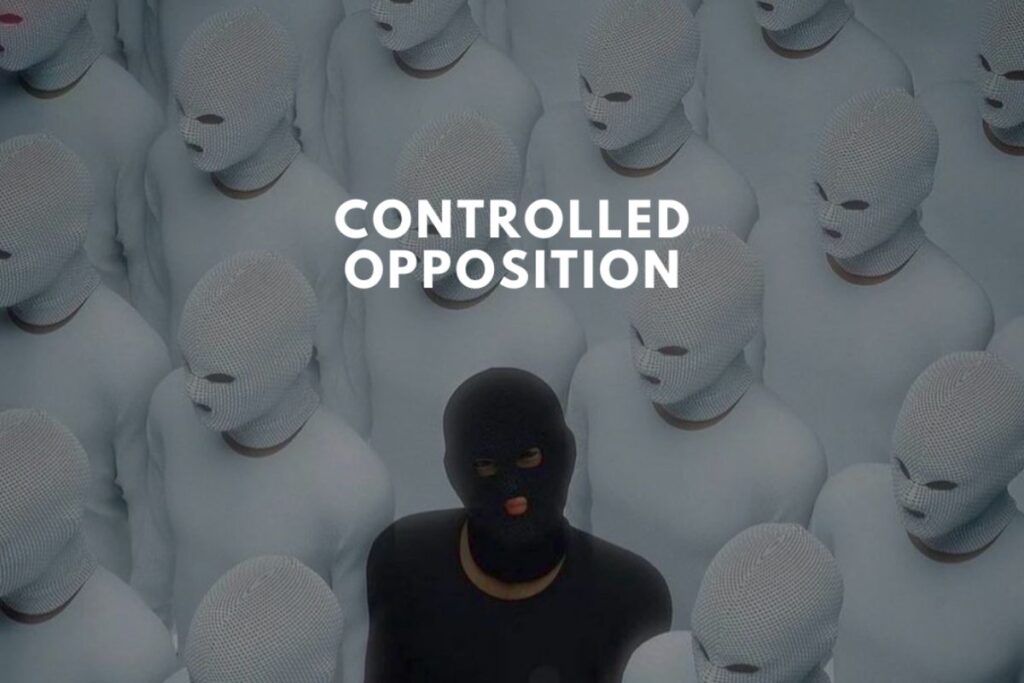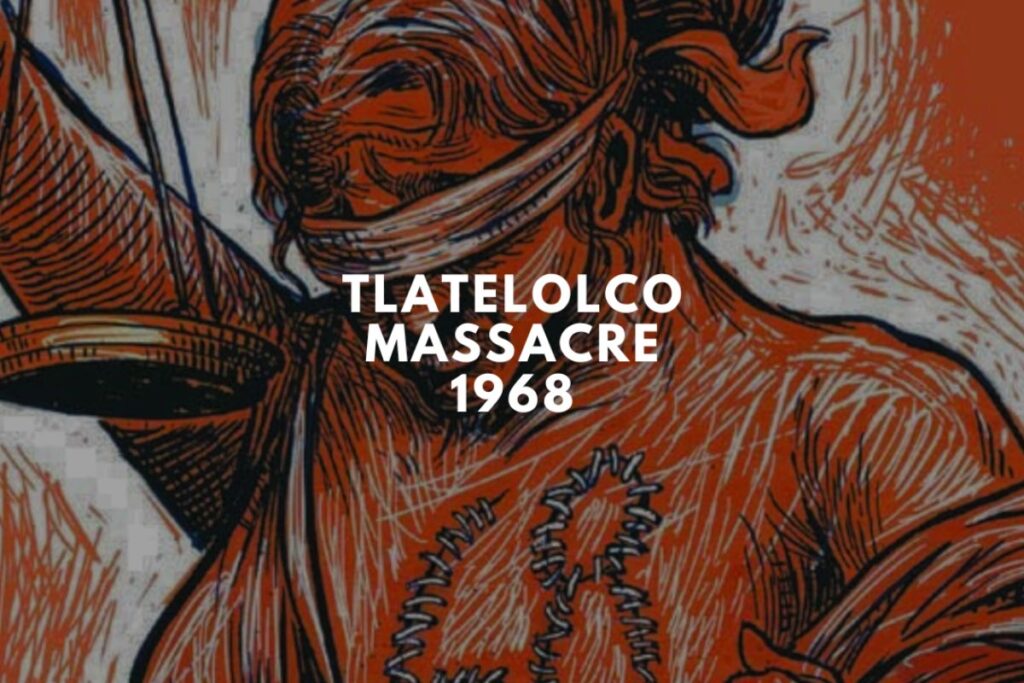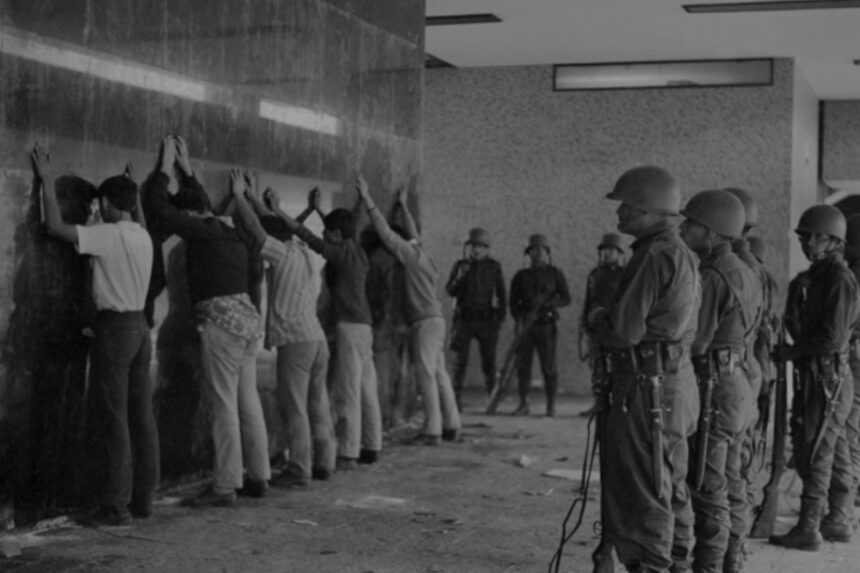Have you ever come across the terms “Controlled Opposition” or “Counter Intelligence”? Simply put, paranoia seems to infiltrate various social circles—be it left, right, black, brown, white, etc., or anywhere in between—where people, whether online or in person, organize and spread ideas with hidden agendas, disrupting established narratives.
It’s important to remember that society is built on narratives, and power often lies in the hands of those who control these narratives. So, let’s ask ourselves: What stories are being pushed by those in power? Manufactured consent plays a significant role here, where powerful entities use tactics like propaganda, misinformation, and media manipulation to shape public opinion and suppress genuine dissent. Mainstream media, too, plays a role, often acting as a mouthpiece for the establishment and perpetuating the status quo narrative.
Throughout history, governments have employed strategies to deceive, co-opt, and subdue their opponents.

Consider the phenomenon of infiltration and sabotage within activist circles and grassroots movements. Agent’s provocateurs and undercover operatives may infiltrate opposition groups to sow discord, incite violence, and undermine collective action from within. Take, for instance, the Tlatelolco massacre in 1968 in Mexico, where university students protested for democratic changes, civil liberties, and the dismissal of oppressive forces. This event saw infiltration tactics, with media reports blaming the students for inciting violence.
The concept of controlled opposition is about allowing a certain level of opposition to exist while manipulating it to serve the agenda of those in power.
Why is this controlled opposition useful? It’s designed to maintain the status quo, often at the expense of the masses. Corporate interests and lobbying efforts influence government policies, protecting profits and suppressing dissent. Governments, along with tech corporations, exploit surveillance technologies to monitor and control populations, stifling free speech and marginalizing dissenting voices. This manipulation often involves neutralizing true information that challenges those in power, making it taboo to discuss critical issues openly.
In today’s interconnected world, controlled opposition takes on new forms, often manifesting through digital platforms and social media. Political movements and grassroots organizations can be co-opted or manipulated online, with fake accounts, bots, and misinformation campaigns used to sow confusion and division. Additionally, some governments employ tactics like astroturfing, where seemingly grassroots movements are actually orchestrated and funded by powerful interests to create the illusion of widespread support for certain policies or agendas. The proliferation of echo chambers and filter bubbles further exacerbates this phenomenon, as individuals are increasingly exposed only to information that reinforces their existing beliefs, making them more susceptible to manipulation.


However, despite these challenges, genuine efforts for social change and freedom persist worldwide. It’s crucial to examine the root causes of these issues and question the hidden agendas of elite groups. Critical thinking is our most powerful tool in navigating these complexities and today’s digital landscape, where the lines between genuine activism and controlled opposition can often blur.
What steps will you take to break free from the narratives imposed upon us and forge a path towards genuine empowerment and collective liberation? What other movements do you think might be influenced by controlled opposition?
Remember, it’s not always the event itself that’s wrong, but the hidden agenda behind it.




















